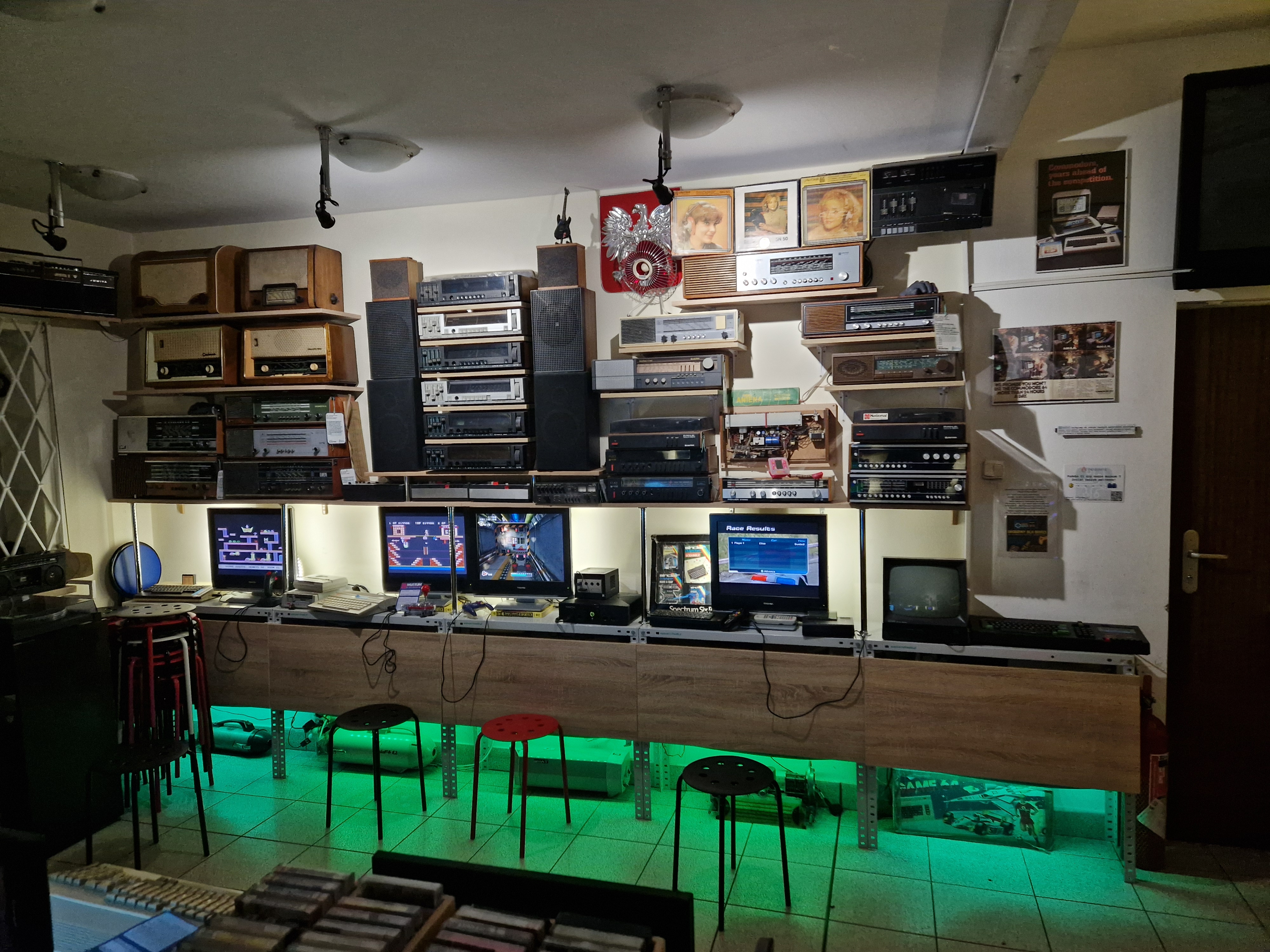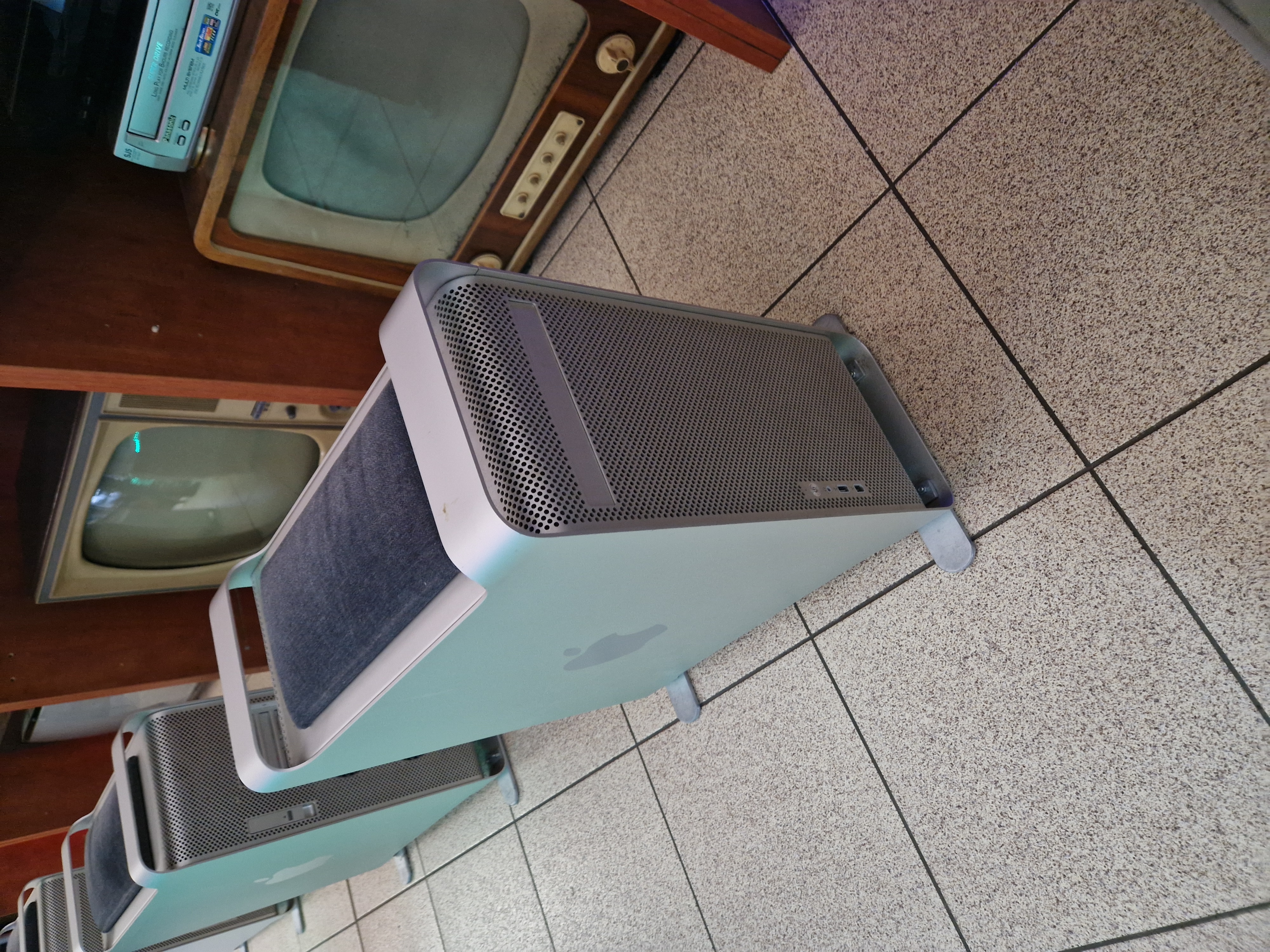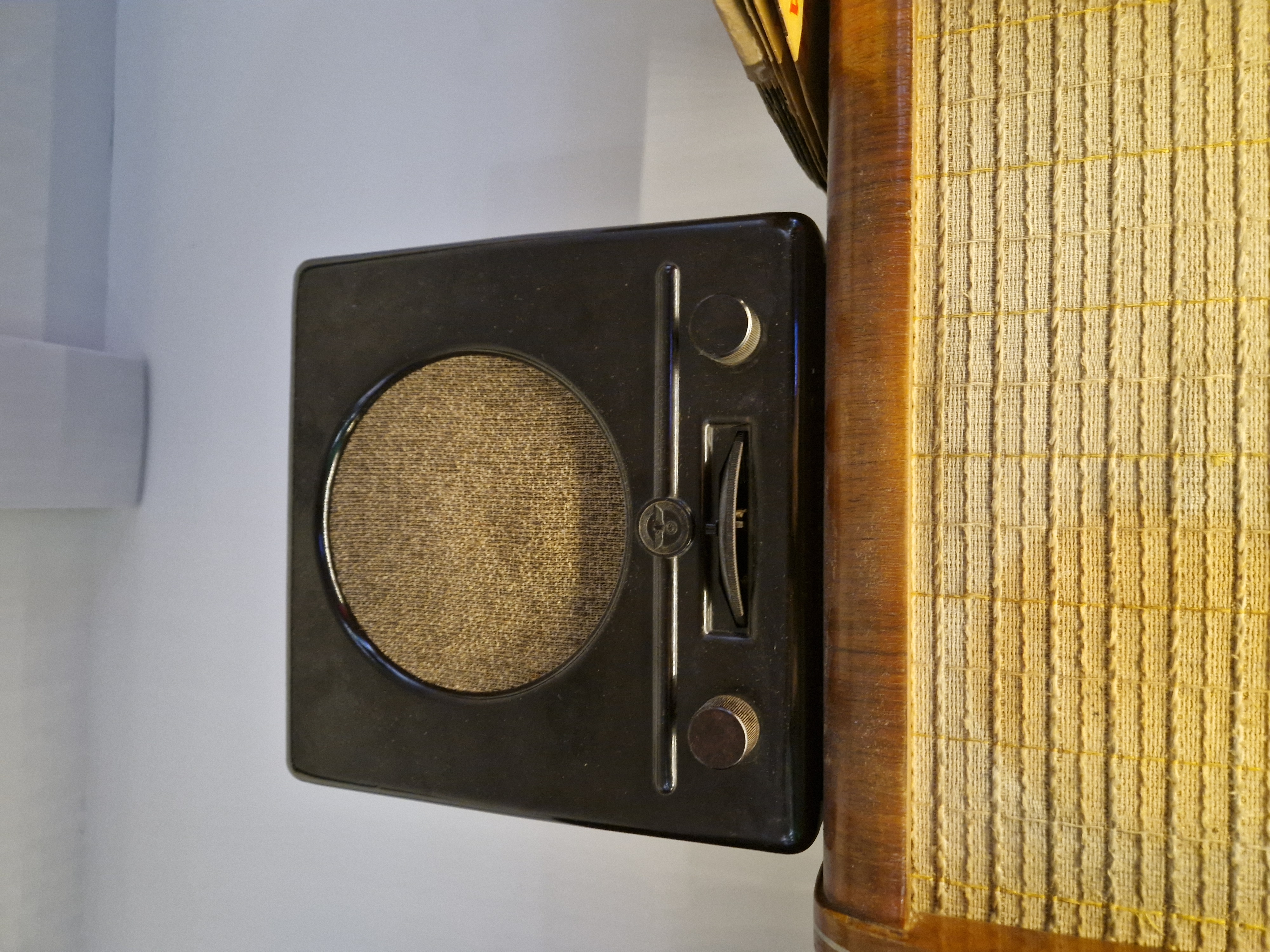
The Krakow Museum of Electronics
The Krakow Museum of Electronics
The Museum of Electronics is a one-of-a-kind place in Krakow,
a must-visit for any retro computing enthusiast—though even ordinary will find something interesting.
The museum is located in an unassuming storefront of a modern apartment building,
and visits are only possible on weekend afternoons, likely due to the niche nature of the exhibition.
First Impressions
At the entrance, visitors are greeted by a distinctive blue "shell" phone booth, instantly evoking the turbulent 1990s.
After paying the standard 30 PLN admission fee,
guests receive a ticket and have the opportunity to listen to a short lecture about parts of the exhibition.
The lecture is quite interesting but focuses mainly on the collection of industrial telephones.
Unfortunately, when asked more detailed questions about other exhibits, the young guide seemed a bit unsure.

Inside the Museum
The museum is housed in two windowless rooms, giving the visit a unique explorer-of-old-technology vibe. On one hand, the museum boasts a rich collection of various electronic items; on the other, it feels a bit like a cluttered basement. While this has its charm, it would benefit from a more organized display. I understand that space is very limited, however better selection and arrangement of exhibits could make better use of the available area. For example, there is an entire cabinet filled with VHS tapes, while many fascinating devices are tucked away in corners.
Collection of Computers and Consoles
The museum has an interesting collection of computers and consoles,
many of which are connected and ready to use. Most of them are 8-bit systems.
It's a shame that there are no descriptions or any chronological order; chaos reigns supreme.
When it comes to newer 16- and 32-bit computers, the collection isn't as impressive.
There are two connected Amigas: an Amiga 500 and the exotic CDTV.
The Amiga 500 is equipped with a Gotek floppy emulator, but unfortunately,
there's no instruction manual or list of games available for the Gotek, and some of the games don't work.
Next to it, there's only a brief note stating that it's an Amiga 500 (which is obvious),
but no information on whether it has 0.5 MB or 1 MB of RAM.
 Meanwhile, a sad, unconnected A1200 and a Macintosh Classic lie nearby.
As for Apple computers,
I think Steve Jobs would turn in his grave seeing how a high-end PowerPC from the '90s is being used
as a support for backend of visitors' spine.
Meanwhile, a sad, unconnected A1200 and a Macintosh Classic lie nearby.
As for Apple computers,
I think Steve Jobs would turn in his grave seeing how a high-end PowerPC from the '90s is being used
as a support for backend of visitors' spine.
 It's also a pity that the collection lacks a representative from the Atari ST family,
which played an important role in the timeline of IT history.
It's also a pity that the collection lacks a representative from the Atari ST family,
which played an important role in the timeline of IT history.
Other Exhibits in the Museum
The museum also houses a variety of 20th-century electronic equipment:
vacuum cleaners, record players, radios, oscilloscopes, magazines, and storage media—there's a lot of it.
Among these treasures, I even found items dating back to the era of a certain Austrian corporal,
tucked away in an inconspicuous spot.

Conclusion
The Electronics Museum is a place where time has literally stood still. Despite some disappointment over the somewhat wasted potential, it's definitely a place worth visiting, and I will return.
Pros:
- A vast collection - the museum offers a diverse range of exhibits from different eras.
- Opportunity to use some of the equipment, especially 8-bit computers.
- Nostalgic, intimate atmosphere that takes you back in time.
Cons:
- Lack of a logical organization.
- Lack of descriptions for exhibits.